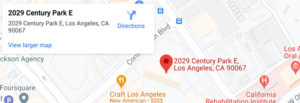Drowsy Driving Linked to Daylight Saving Time
Drivers in Mississippi should know that drowsy driving accounts for nearly a tenth of all car accidents in the U.S., according to a traffic safety study by AAA. The same organization has just released a study suggesting an increase in drowsy driving right after Daylight Saving Time. The reasons are obvious enough as springing forward cuts out an hour of valuable sleep time. However, AAA does have some good suggestions for avoiding drowsiness on the road.
Until the body becomes adjusted to the change, drivers should try to get to bed earlier. Once on the road, they should exercise greater caution since other drivers, after all, may not have obtained that extra hour of sleep. When changing lanes, drivers should use their turn signals and double-check their blind spots. They may also want to watch out for pedestrians in the early morning when it’s darker than usual. Pedestrians should make themselves visible through bright colors and flashlights.
Since the sun will be rising later, drivers may experience more glare during morning commutes. The best ways to reduce it are to use the sun visor and, if possible, invest in glasses with polarized lenses. Because the longer days encourage people to stay out longer, evening commutes may be hindered by greater car and pedestrian traffic.
When a car collision occurs due to driver negligence, the victim might want a lawyer to assess the case. The victim could file a claim for damages like medical expenses, vehicle damage and lost time from work. Through the findings of accident investigators and other experts, an attorney could build up a case and estimate a fair settlement. If the insurance companies refuse to pay, the client and lawyer can discuss litigation.
















